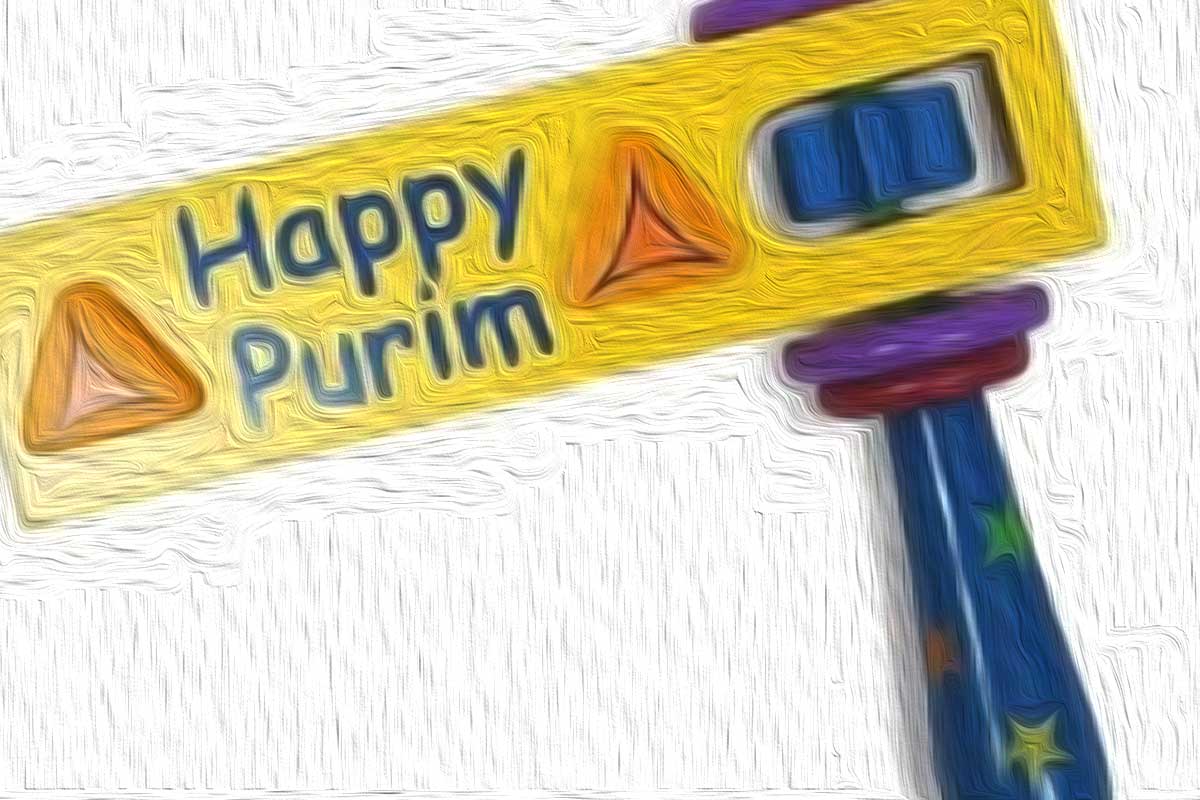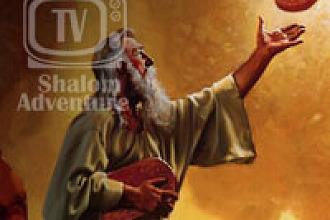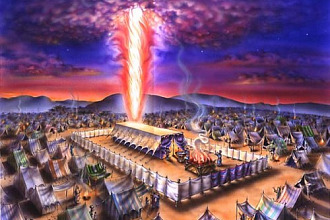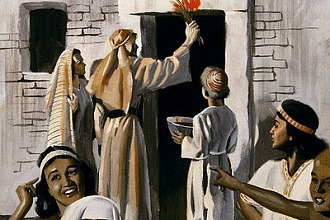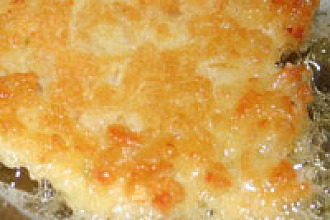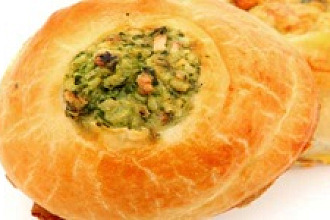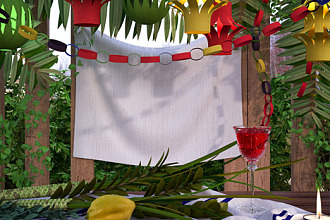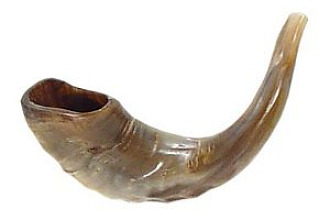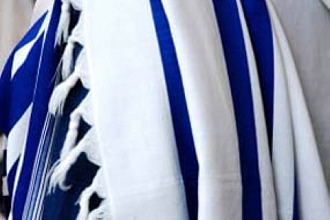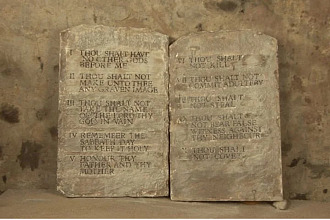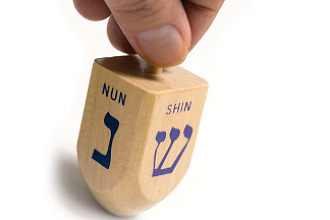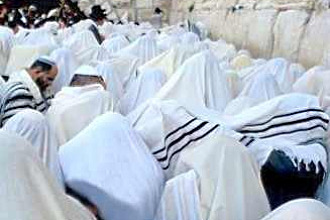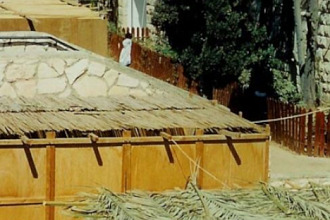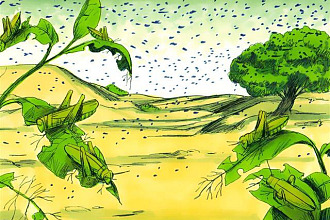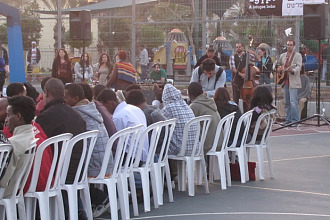The feast of Purim is a joyous occasion. It is celebrated each year on the 14th and 15th days of the Hebrew month of Adar. Hamentashen are eaten; noise makers are rattled by the children, and a fun time is had by all. It celebrates one of GOD's mighty deliverances recorded in the Bible. The account is found in the book of Esther, also known as the Megillah.
The Historical rendering of GOD's providence began when king Xerxes, the king of the Persians, decided to search for a new wife. In Xerxes' kingdom lived a young Jewish woman named Hadassah, which means flower. Hadassah was renamed Esther, which means star. When Esther's parents died she was raised by her cousin Mordecai. In GOD's providence, Esther was chosen to come before the king, and out of all the women who came before him, he chose Esther to be his wife, the new Queen.
Over the course of time, the king appointed a man named Hamen to be a high official in his kingdom. Everyone bowed down to Hamen, except Mordecai, because GOD said we should not bow down to anyone but GOD alone. This infuriated Hamen. Hamen then devised a plot where all the Jews were to be killed. In order to determine the day that the slaughter would begin, Hamen drew a lot, which is called pur. This is where the term Purim comes from.
After much fasting and prayer by Mordacai, Esther and the Jewish people, Esther, at the risk of her life, went before the king and requested a banquet for Hamen, the king, and herself. At the banquet, Esther revealed Hamen's plot to destroy the Jews, of whom she was one. The king was enraged and had Hamen hung on the gallows that Hamen had prepared for Mordecai.
Then King Ahasuerus (another name for King Xerxes) made a decree that the Jews could defend themselves against anyone who would try to kill them. Fear came upon the enemies of the Jewish people, and GOD delivered His people from destruction.
Because of space, we have skipped many details. You must read the whole history for yourself. It is found in the Bible under the title of the book of Esther.

